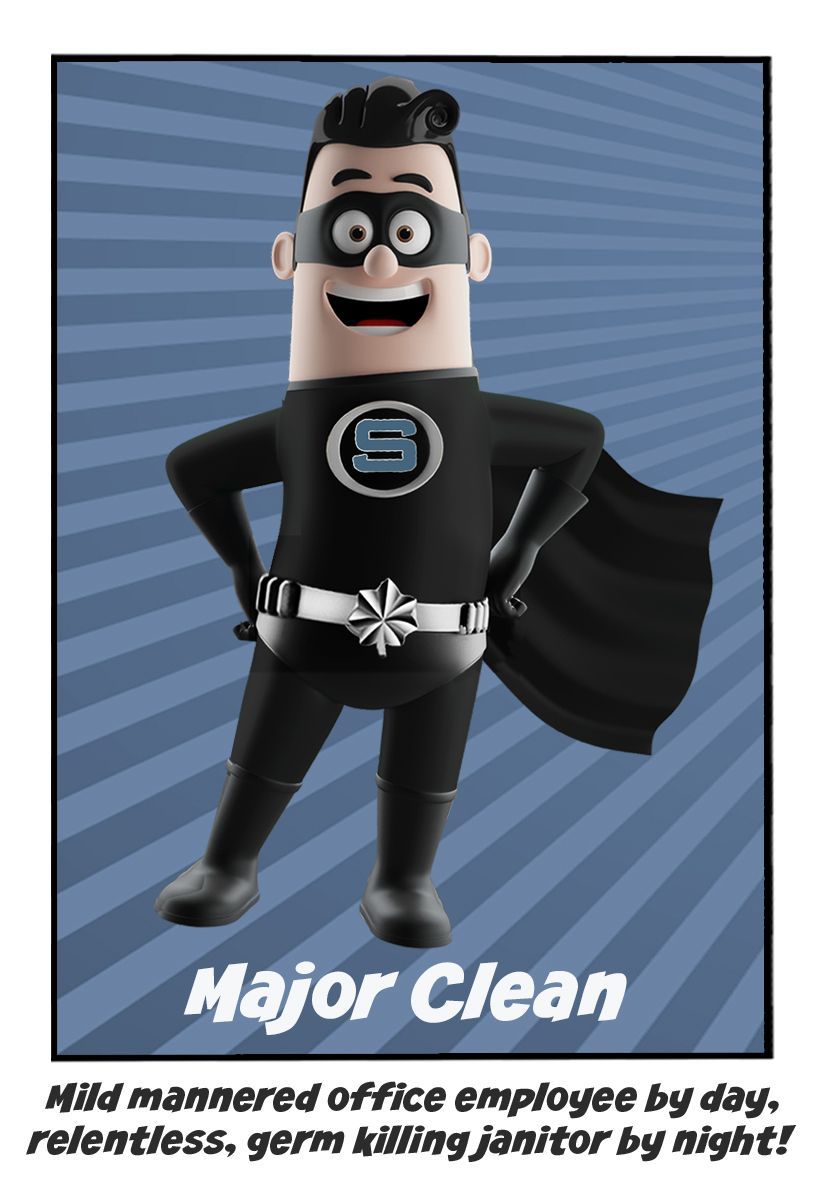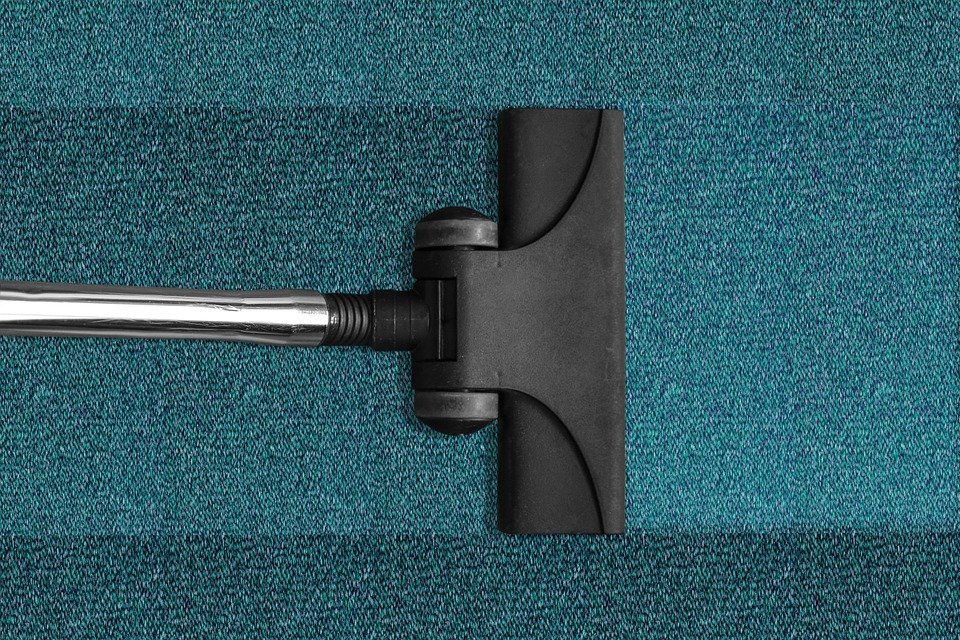Would Your Gym Pass a Fitness Test for Cleanliness?
Fitness centers and gyms can
be contaminated with germs, especially during cold and flu season. Cold and flu
viruses can live on surfaces like free weights, mats, and treadmill handles for
minutes to several hours. Other microbes, such as staphylococcus and MRSA can
linger much longer.
In many fitness centers,
sanitation is frequently left up to the customer. Patrons are expected to wipe
down machines post workout. Gyms typically provide sanitizing spray and paper
towels for this purpose, and although many people do take a moment to spray
down the machine or mat they’ve been sweating on, they may not do correctly or
thoroughly.
Because customers don’t
always do the best job, it is critical that facility management establish a
regular cleaning schedule. Machines, free weights, and other common areas
should be wiped down several times a day with paper towels and cleaning
solution, or, ideally with pre-soaked antibacterial wipes designed to kill a
wide range of germs. Locker rooms and showers also need a thorough sanitizing
regimen, and towels need to be washed with hot water and bleach and dried
thoroughly.
Some gyms and fitness centers employ a professional janitorial service company to ensure the facility is being cleaned thoroughly, as well as to ensure safety and prevent illness. However, cleaning and sanitation usually fall on facility employees, who may not be adequately trained in sanitation and germ prevention. This means that machines, mats, and common areas are likely not being cleaned properly.
Whether you are utilizing
employees to clean your facility or employing a professional janitorial
services company, it is essential to make sure they are adequately
trained/licensed and are maintaining a routine cleaning schedule. Also, be sure
they’re covering all areas of the facility – including reception, saunas, and
locker rooms.
Hot tub or Petri Dish? Consider Commercial Clean to
Minimize Health Risks
Hot tubs are a favorite way
to unwind or soothe sore muscles at a gym. As a result of frequent use, hot
tubs can become one of the germiest places in the workout facility.
As people use the hot tub,
water can become contaminated. Most facilities have posted signs cautioning
against use if an individual is ill, has a rash, or has open cuts or sores, but
these warnings are often ignored. If contaminated water is accidentally
swallowed, it can cause infections in eyes, ears, and nasal passages. Fecal,
fungal, and staphylococcus microbes are often found in hot tub water samples
and can cause serious skin infections. Skin infections are the number one
reported side effect of using hot tubs according to the Centers for Disease
Control.
Because hot tubs may simply
smell of chlorine or appear to be heavily chlorinated, many people believe that
hot tubs are germ-free. While chlorine does kill most germs, it does not kill
all germs. Chlorine treatment also does not sterilize the water in the tub.
High water temperatures can speed up the evaporation of chlorine and other
sanitizing chemicals, making it important that chemical levels be consistently
monitored and maintained to ensure a high level of safety.
Gyms and other facilities with hot tubs should have a maintenance and sanitation program in place or utilize a reputable, professional company to maintain and sanitize the hot tub and its equipment. This maintenance and sanitation program should include draining the tub entirely to disinfect the tub (including interior pipes) thoroughly. The maintenance program should also include the removal of any debris from drains and filters. Finally, a well-managed chemical treatment system should be established and followed at all times to minimize the growth of germs and minimize risk.





